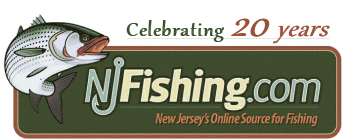 |

|
Message Board
 |

|
 |  | |
 |  | |
 |  | |
 | ||
|
|||||||
| NJFishing.com Salt Water Fishing Use this board to post all general salt water fishing information. Please use the appropriate boards below for all other information. General information about sailing times, charter availability and open boats trips can be found and should be posted in the open boat forum. |
|
|
Thread Tools | Display Modes |
|
#1
|
|||
|
|||
|
20 or so years ago flounder fishing was great in shark river. Just moved back to NJ and I'm curious if it still exists?
|
|
|